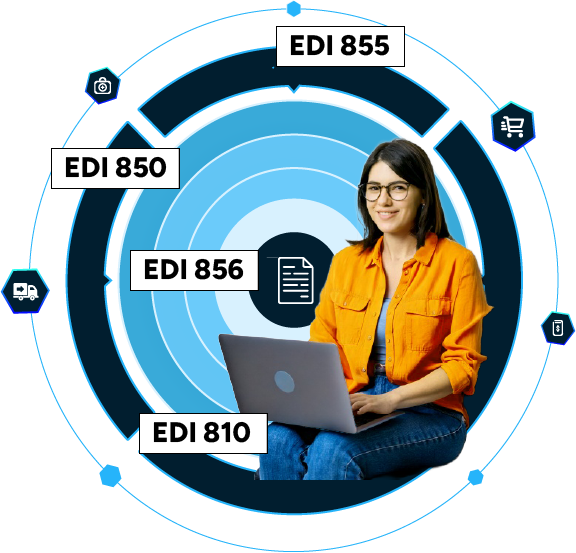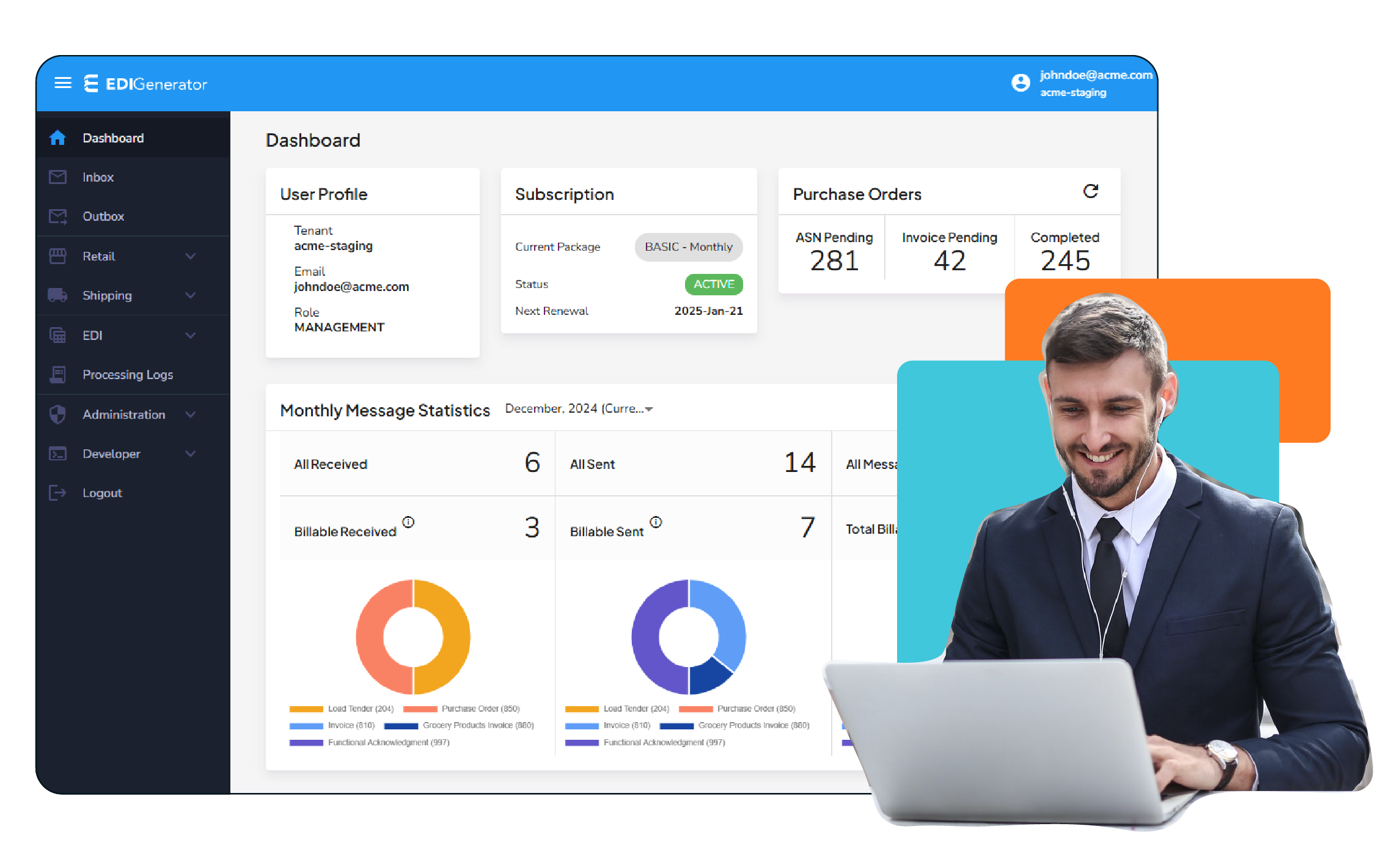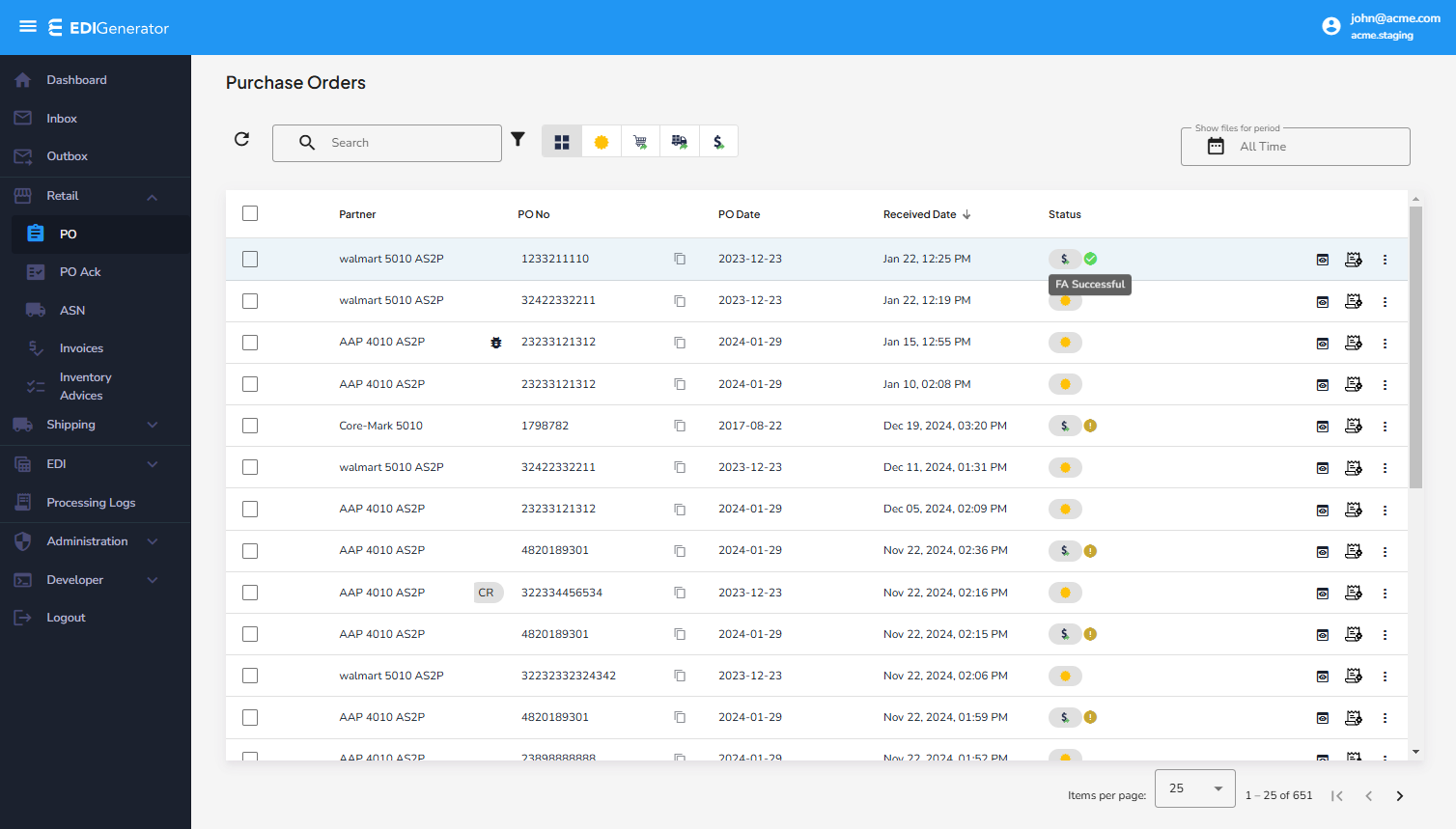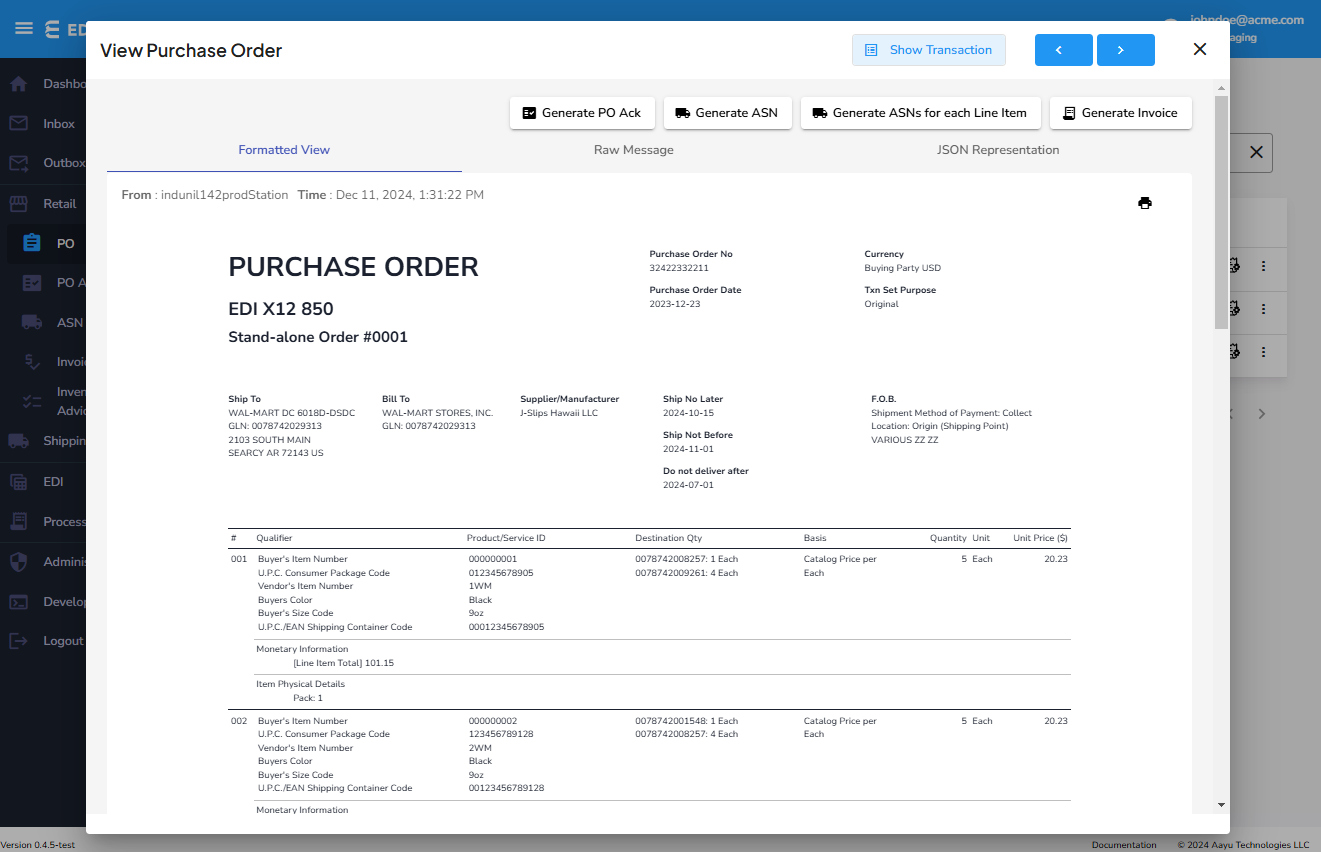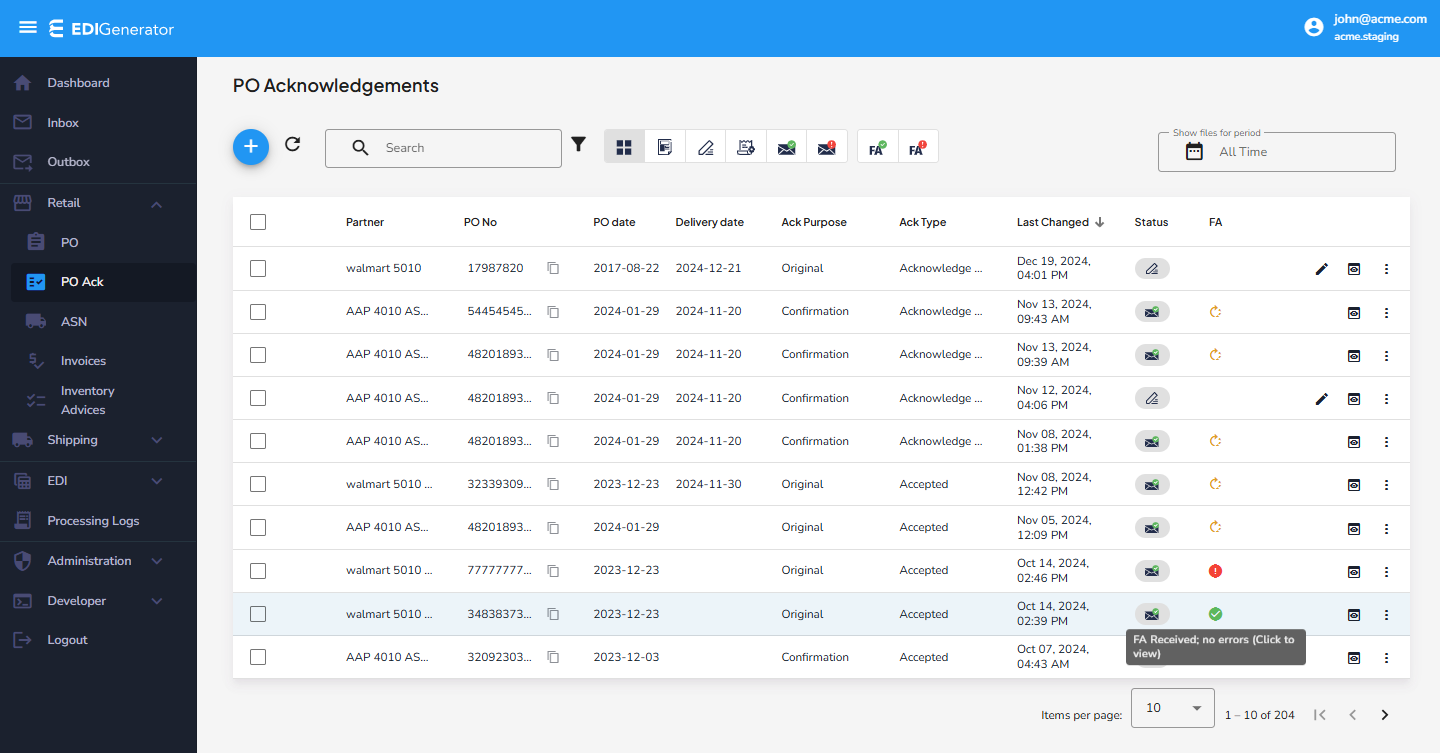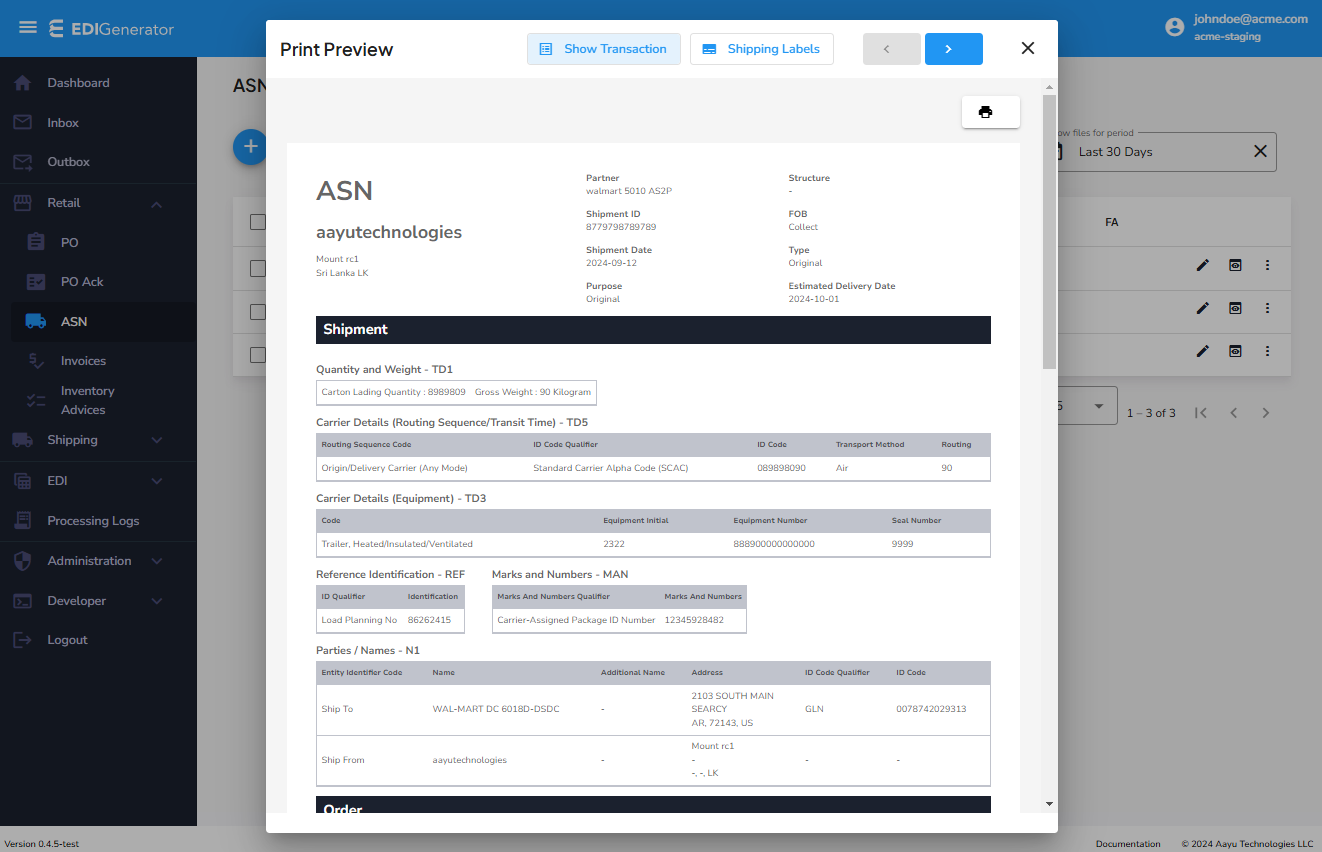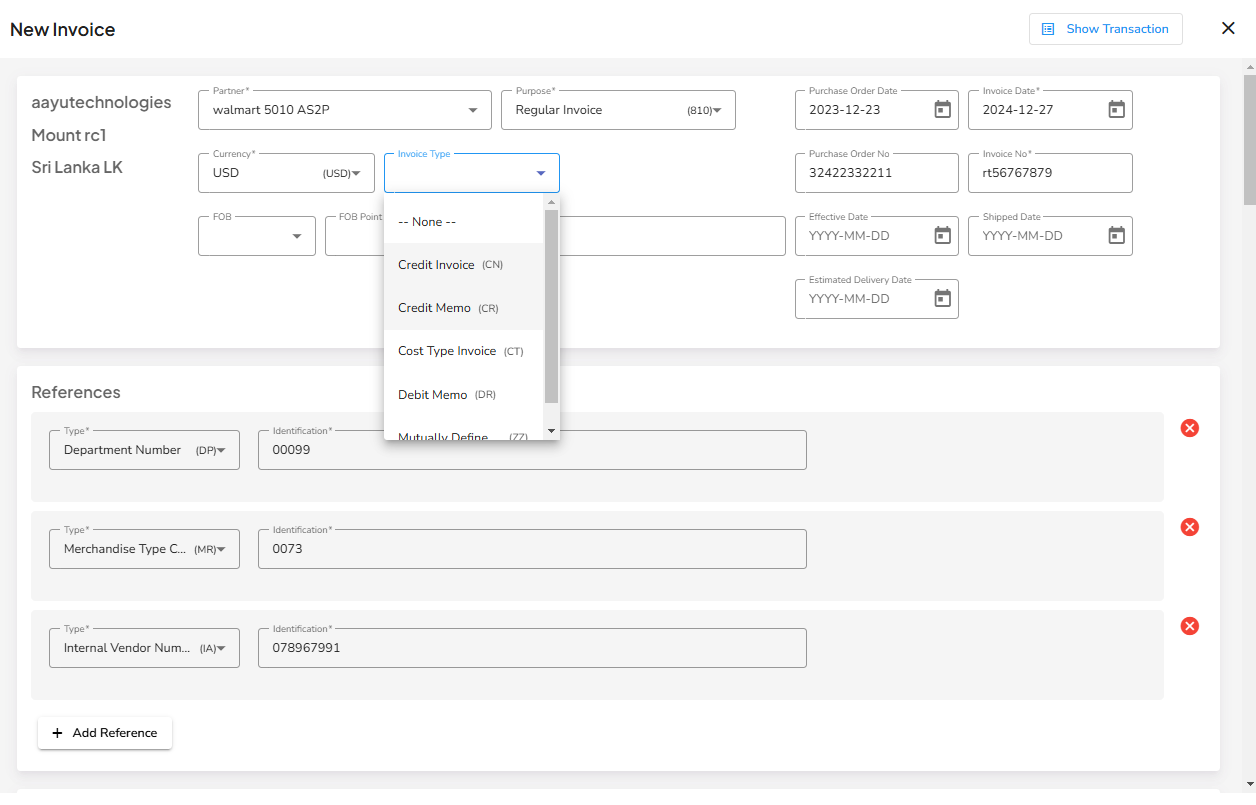Understanding the Types of EDI
Understanding Formats and Communication Methods
Most EDI software is custom-built, but standardized types may be a better fit saving costs and speeding transactions. EDI enables automated exchange of documents like purchase orders, invoices, and shipping notices, with different types varying by communication method and data format to match industry and partner needs.
